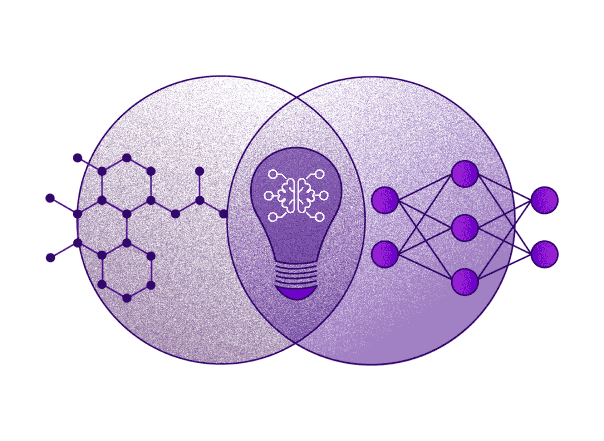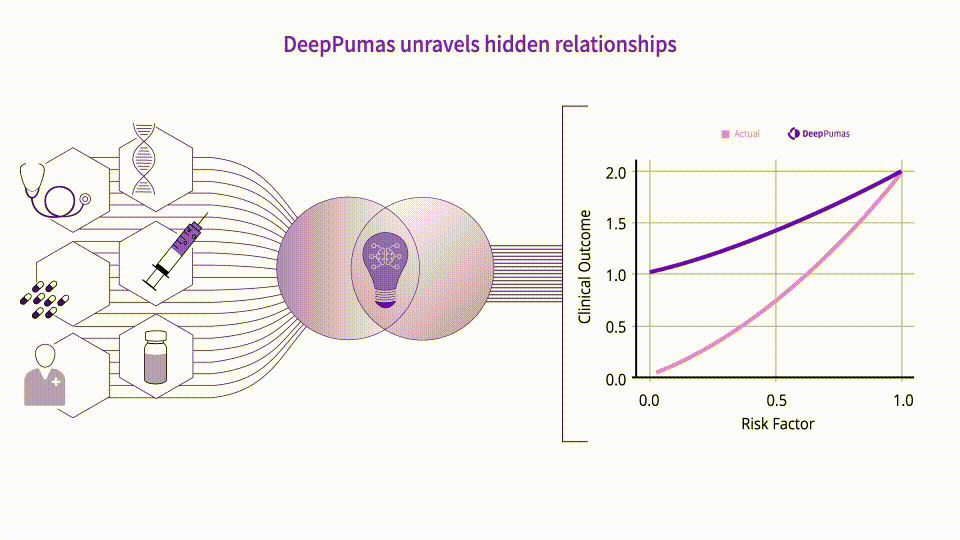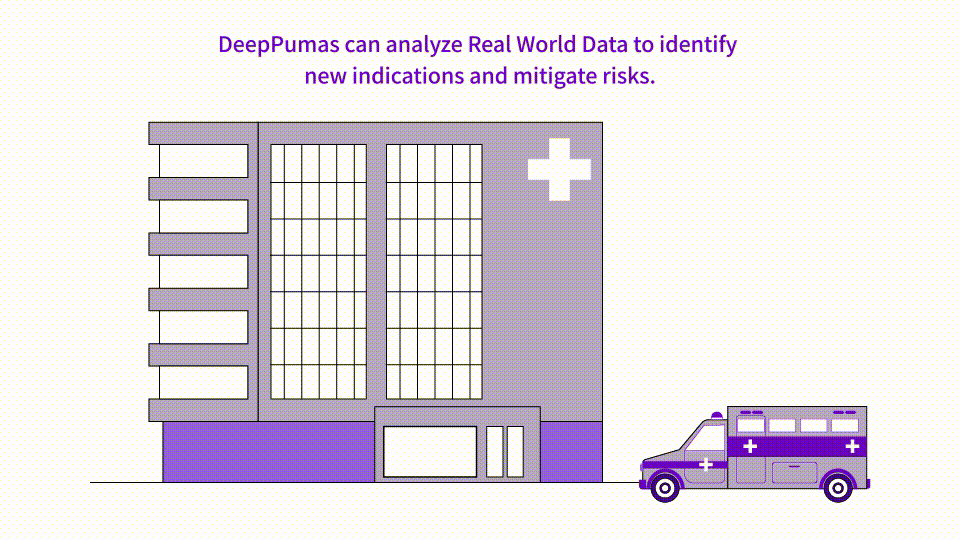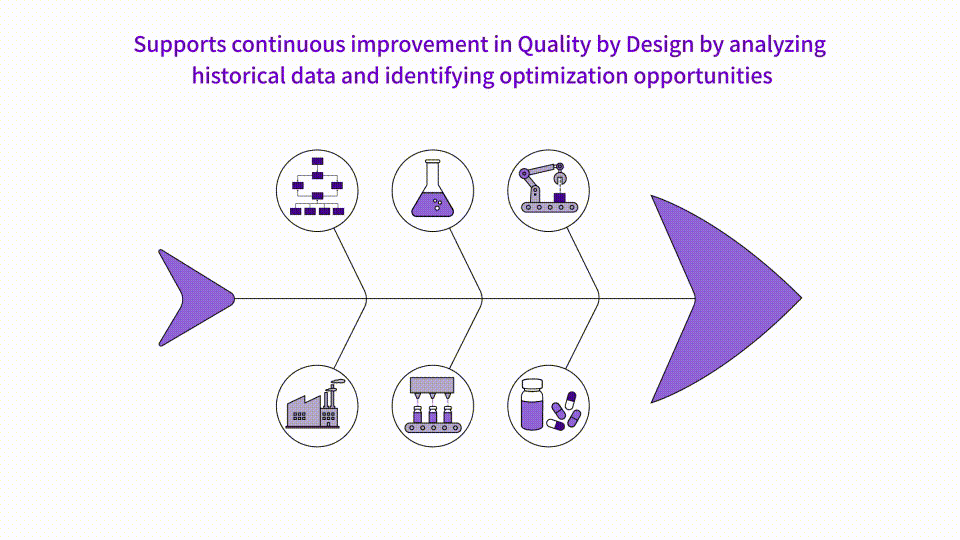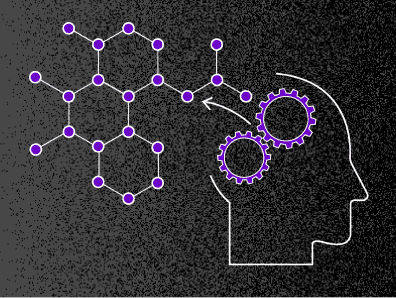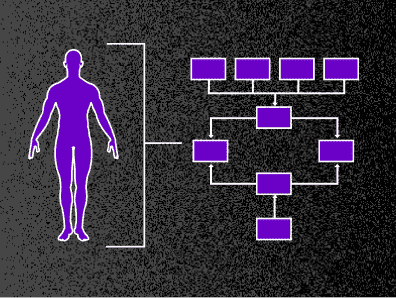Why DeepPumas?
Incorporate a wide range of information in your models
A model is only as powerful as the information it’s built upon. While incremental refinements to processing of specific data can be helpful, true breakthroughs come from integrating entirely different classes of information—mechanistic, hierarchical, and data-driven—into a unified modeling framework.
Learn DeepPumas Through Collaboration
Solve Real-World Problems While Gaining Hands-On Experience
PumasAI partners with organizations on targeted projects to accelerate the delivery of impactful solutions. By combining your domain expertise with our modeling and industry knowledge, we offer a bespoke DeepPumas learning experience—one that’s grounded in solving real-world challenges.
What is DeepPumas™?
DeepPumas: First-to-Market Scientific Machine Learning Framework
DeepPumas is the first solution of its kind—designed to integrate scientific understanding with machine learning to support smarter, more confident decision-making.Who should use DeepPumas?
Quantitative Systems Biologists
Quantitative Pharmacologists
Translational Modelers
Pharmacometricians
Biostatisticians
Health Outcomes Researchers
Seamlessly Combine Modeling Approaches
When we say seamless, we mean it!
Use variables, covariates, and random effects as inputs to neural networks that predict missing terms in a dynamical system.
Train everything together using maximum likelihood estimation while marginalizing over random effects—ensuring a unified, interpretable, and powerful modeling pipeline.
Build Bridges Between Departments
Facilitate interdepartmental collaboration by bridging the gap between scientific modeling and machine learning. DeepPumas helps unify the expertise of machine learning researchers, mechanistic modelers, and domain experts to drive aligned, data-informed decisions.Build Drug Development Dashboards
Develop complex models for challenging disease areas—such as oncology and rare diseases—to link early biomarkers with clinical outcomes. Enable real-world usability by allowing non-data scientists to interpret results through intuitive model dashboards.Identify Complex Relationships Quickly—Even with Small Datasets
Don’t let limited data in early development stages hinder decision-making. DeepPumas leverages known biology and mechanisms of action to detect patient response patterns and optimize dosing regimens in real time, accelerating clinical trials.Stay Ahead of Your Competitors
DeepPumas is the first-of-its-kind platform that combines Scientific Machine Learning with non-linear mixed-effects (NLME) modeling. It dramatically expands the scope of usable information, empowering better knowledge for better business outcomes.Where Intelligence Meets Innovation
Healthcare Business Intelligence Redefined. Don’t choose between Scientific Modeling or Machine Learning — combine them!
Clinical Research
Precision Medicine
Real-World Data
Manufacturing
Transform your understanding of biological interactions, system constraints, and conserved quantities into the structural backbone of your models. Encode this knowledge as mathematical functions, transformations, or systems of differential equations to ensure your models reflect real-world dynamics.
Leverage the contextual structure of your data. Repeated measurements from the same patient are inherently more correlated than those across different patients—so don’t treat them as independent. Use nonlinear mixed-effects modeling to account for hierarchical variability, disentangling universally shared biological properties from individual differences and measurement noise.
Apply machine learning to uncover predictive patterns hidden in your data. Embed machine learning seamlessly within mechanistic and hierarchical models to capture unknown relationships, process complex covariates, such as images, identify missing terms in your dynamical systems, and discover individualizable transformations linking latent variables to observed outcomes.
Request a Call
Receive a Customized Plan
Successfully Deliver What Patients Need
Switch to PumasAI Products






